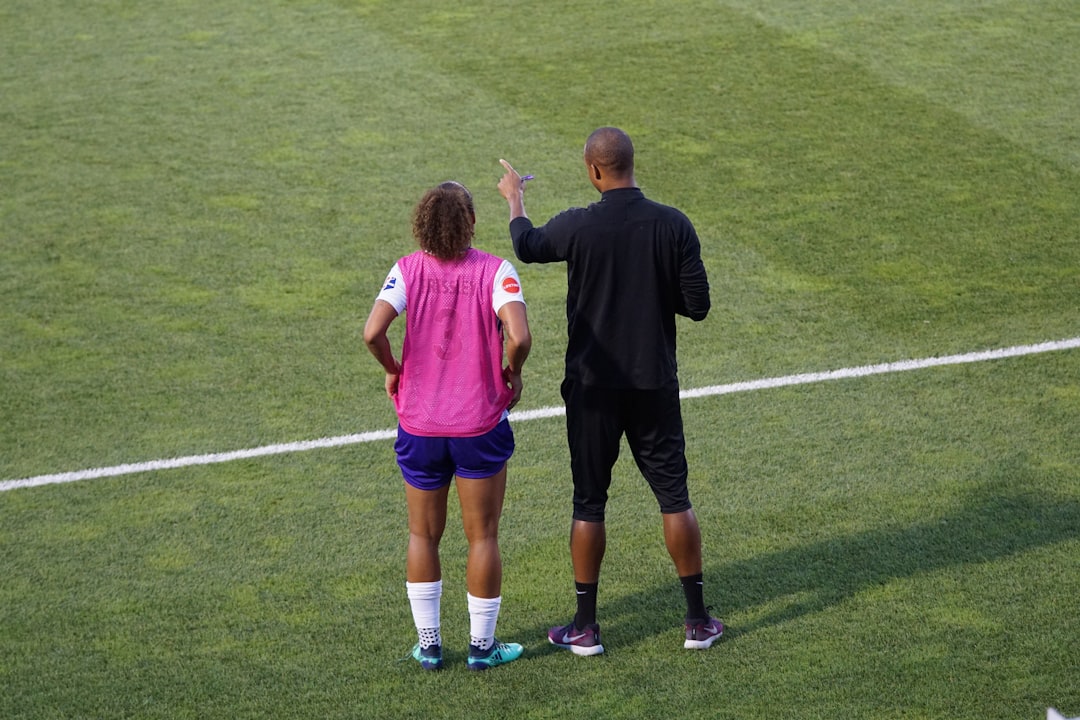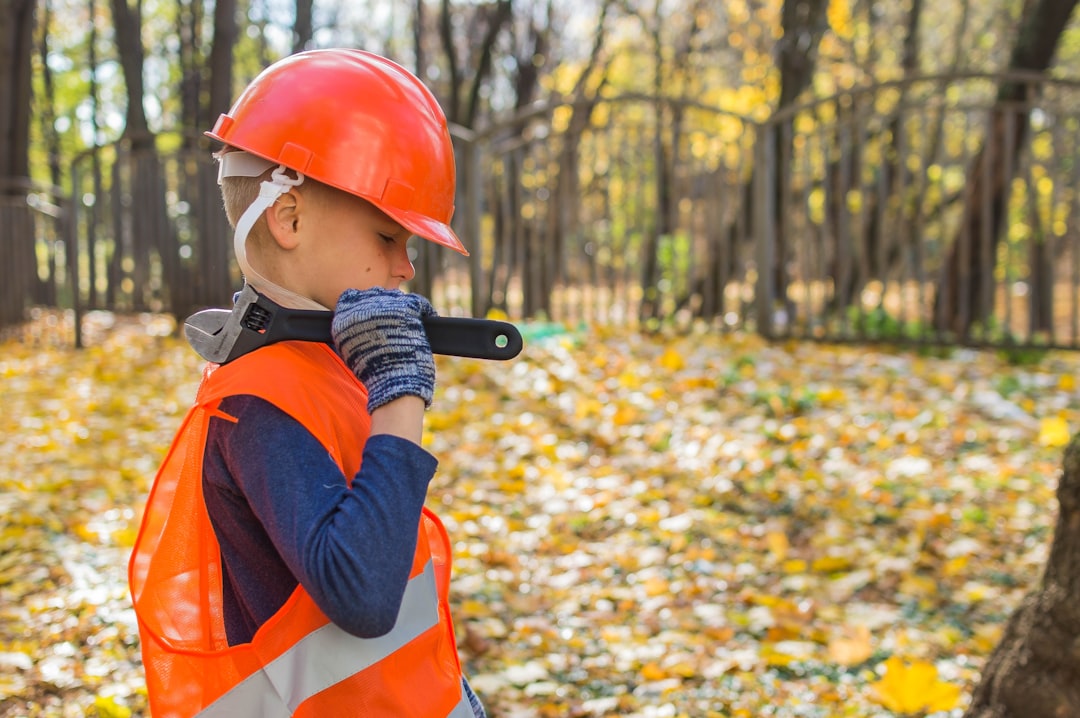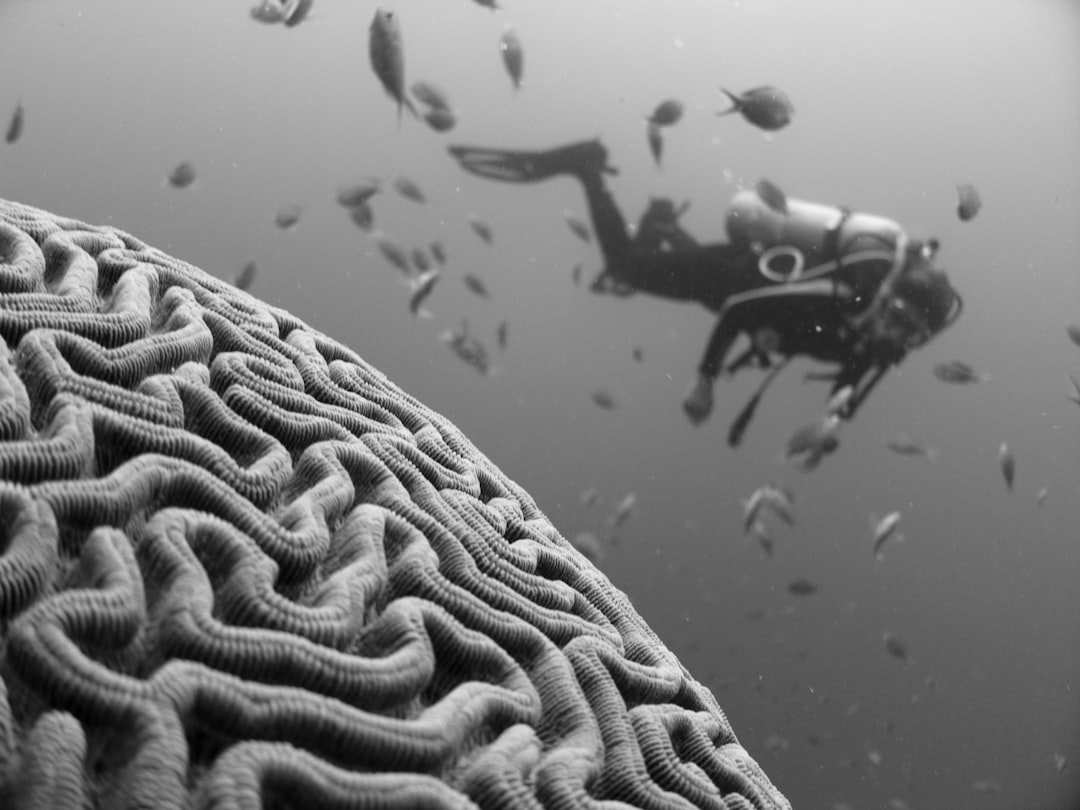What is it about?
Adolescents in Iceland that identify as lesbian, gay, or bisexual (LGB) are worse off than their counterparts (heterosexual or adolescents with unknown sexual orientation).
Featured Image
Why is it important?
While advances have been made for lesbian, gay, or bisexual (LGB) adolescents, gaps between LGB and unknown sexual orientation (USO) adolescents still exist and need to be closed through evidence-based school and society-wide programs. That said, with increased acceptance of LGB adolescents the gap between LGB and USO adolescents appears to be closing, at least for the 2010 to 2014 change, suggesting that outcomes for LGB adolescents have improved compared to four years earlier.
Perspectives
Evidence-based school and society-wide programs are need to help improve social support, liking school, reduce bullying, and improve physical and mental health thus increasing overall life satisfaction and general wellbeing among adolescents.
Einar Thorsteinsson
University of New England
Read the Original
This page is a summary of: Sexual orientation among Icelandic year 10 adolescents: Changes in health and life satisfaction from 2006 to 2014, Scandinavian Journal of Psychology, November 2017, Wiley,
DOI: 10.1111/sjop.12402.
You can read the full text:
Contributors
The following have contributed to this page










